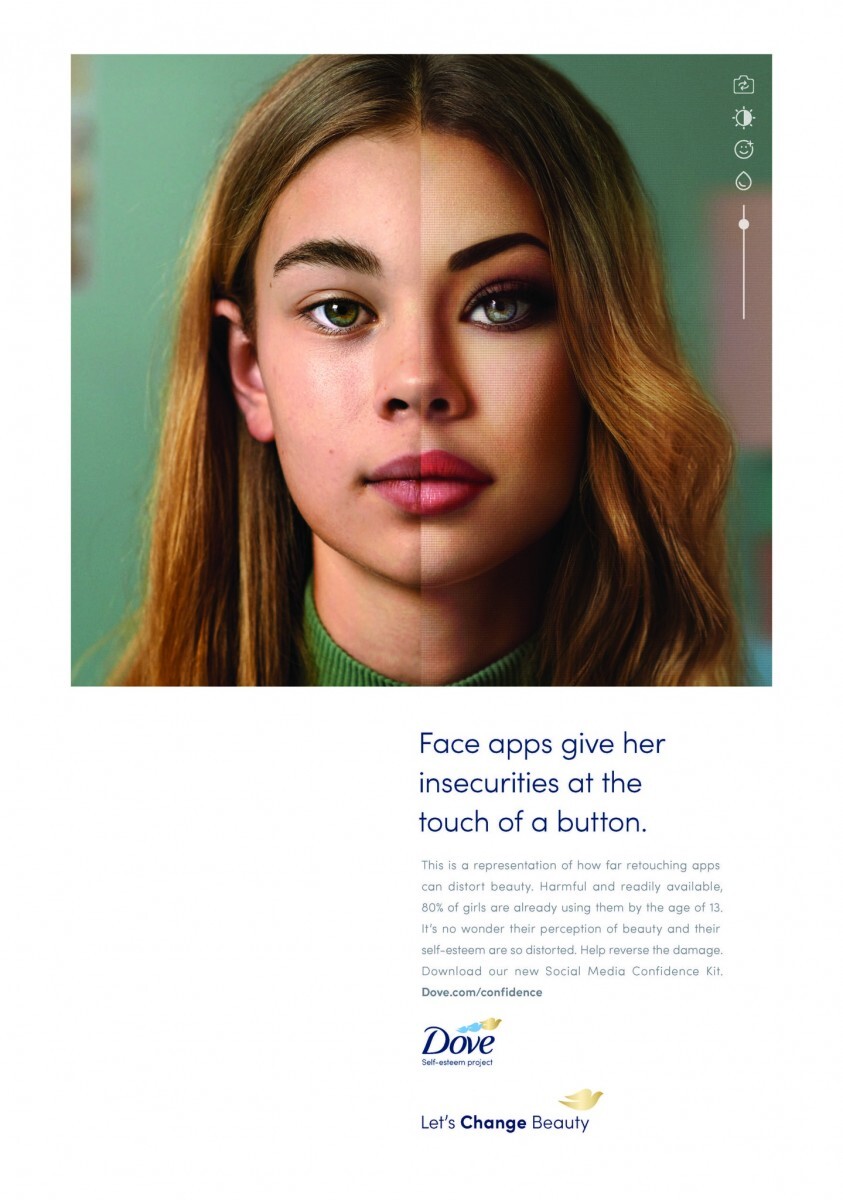Forget the 1960’s Mad Men advertising style, 2022 marketing is worlds away from what the industry was like even ten years ago. We’ve progressed away from traditional forms of marketing and the industry has become incredibly diversified. In some ways, this is because of technological advancements, but it’s also due to a demand for more personalised creative campaigns and content.
In such an over-saturated, competitive marketing world, diversifying your content strategy is a must. It’s becoming more important to make use of different publication and marketing channels, connect with niche audiences through a variety of topics, and keep up with evolving platforms. Because, if you never step out of your safe zone, you may fail to meet the ever-changing expectations of 2022 consumers.
Reaching a fragmented audience through various content formats
Traditional media isn’t dead – as some digital marketing devotees would have you believe – it’s just not the only option anymore. Audiences are fragmented across multiple platforms, consuming online, mobile, television, print, and radio content. If you only advertise on your website with an SEO strategy and blogs, then the portion of your audience that mostly listens to podcasts or the radio will be missed.
One example of a successful cross-channel marketing strategy from 2022 is Lego’s 90th anniversary campaign, which features a one-minute film titled ‘We Are All Builders’. The global brand campaign aims to highlight the importance of play and show how Lego resonates across the world and helps people build their lives. There will be in-store activations at Legoland theme parks, activities across the website and e-commerce channels, and cut-downs of the film shown on social media. Lego is really taking advantage of all the different touchpoints they have available, even traditional formats like TV and cinema spots.
Closer to home, Volunteering WA ran an extensive integrated marketing campaign in 2021 which aimed to reframe the volunteering narrative for young people. The campaign included two mini documentaries, a website portal, audio ads on Spotify, and extensive video content for social media. Over the campaign run, Volunteering WA experienced 1252 clicks on their website’s volunteer application button, signalling a sharp up-tick in youth volunteers and the success of the multifaceted approach.
Keeping up with trends and ever-changing platforms
Diversifying your content across multiple channels means you’ll have to understand them. At the very least, you need to avoid incorrectly using evolving platforms like TikTok or Instagram and then just seeming out of touch. Keeping up with current trends is an essential component of developing a winning content strategy.
Many companies haven’t taken the time to understand TikTok – and it shows. They often make an account, put together a few videos without much strategy and then give up when the results don’t come through as easily as they expected. One of the most common mistakes they make is repurposing content from other platforms and expecting it to be relevant. TikTok is unique and you need to carry out some research – or talk to an expert – before you dive in. And if you avoid it altogether, you’ll miss the opportunity to connect with entire segments of your brand’s audience.
One brand which has done surprisingly well on TikTok is the Washington Post. As a newspaper, you’d expect them to fall into the trap of posting educational, news-worthy content. But instead, they’ve subverted expectations and use the platform to create comedic videos about recent news. One of their videos was a parody of how the US company Delta Airlines avoided referring to the Delta Variant as ‘Delta’. This is the sweet spot: making the content on-brand but still relevant to the platform.

Producing fresh content that retains engagement
Creating diverse content doesn’t just mean using a variety of marketing channels, it also refers to evolving your topics and style to keep things fresh. If a brand continues to produce the same bland content that it has for 50 years, sooner or later people will stop taking notice. In order to subvert expectations, you need to regularly diversify your ideas.
Dove’s ‘Reverse Selfie’ advert from 2021 is a perfect example of changing the narrative of your industry and keeping people engaged. They produced a video that follows a girl getting ready for taking a selfie, then editing and posting it – but it’s shown in reverse. The end shot is of the girl, whose young age has now become obvious. This bold strategy caught the attention of viewers and encouraged them to take notice of the impact modern beauty standards have on young women.
When you compare this aspect of their long-term ‘Self-Esteem Project’ to one of their vintage ads from 1962, you can see the glaring differences in the tone. By updating their message to current beliefs and creating a campaign that’s a refreshing change from the industry norms, Dove has kept their brand interesting, relevant, and above all, genuinely connected to their audience.
Multiple touch points along the user journey
Using a single content channel means only connecting with consumers at one point on their user journey. And for a strong message to be communicated, this connection needs to flow through every step. This means diversifying your channels and reaching the user at each touchpoint, so that you guide them towards your campaign’s ultimate conversion objective.
Take this situation:
- The potential customer doesn’t need a new laptop yet, but sees billboards on the street for a laptop brand. So, they’ve heard of you.
- Later that week, they hear an ad on the radio for the same laptop brand. Building that frequency makes them more aware of your product and proposition.
- A few months later, their laptop starts having issues and they research laptops online.
- The next day, they see a Facebook ad for the same laptop company they saw on the billboard. Since they’ve heard of the brand, they click through for more details.
- However, maybe the price is a little higher than they can afford right now. They join the mailing list to keep an eye out for a sale.
- A few email newsletters later, they receive one with a deal on the laptop they wanted – they click through to the website and convert to a sale.
That’s several channels of marketing, gently guiding the customer towards a purchase. If you keep the creative and message fresh and relevant across every touchpoint then it should yield positive results.
Now let’s talk statistics. The global management consulting firm, McKinsey, wrote an article exploring the importance of multiple touchpoints. They found that companies with more coverage across multiple channels converted sales at a rate 2.5 times higher than others. Multi-channel footprints also created a stronger online presence that generated word-of-mouth interest. Now that’s worth investing some time in channel diversification.
Leaving the safe zone and creating a diverse marketing strategy
To keep up with the evolution of marketing in 2022, you’ve got to work at it. It’s all about being bold and taking smart risks. Use a multi-channel marketing approach to cover all your bases and connect with the widest range of your audience. And when you’re choosing the channels, don’t shy away from new, exponentially evolving platforms. The best creative campaigns use channels which correspond with each other and fit into the user journey, so you can reach people at every step. But during all of this strategic, objective-driven planning, don’t forget to keep your message fresh and current, so your audience remains engaged.
A diverse marketing campaign may require you to step out of your strategy safe zone, but with this much data and proof backing you up, is it even a real risk? Or is it a calculated maneuver to stay at the forefront of your industry?
If it’s time for your brand to take this next step, a content strategy session is a powerful place to start. We’d love to help you achieve more with your next creative campaign or production project.




